 Humans
Humans  Humans
Humans  Movies and TV
Movies and TV The 10 Most Heartwarming Moments in Pixar Films
 Travel
Travel Top 10 Religious Architectural Marvels
 Creepy
Creepy 10 Haunted Places in Alabama
 History
History Top 10 Tragic Facts about England’s 9 Days Queen
 Food
Food 10 Weird Foods Inspired by Your Favorite Movies
 Religion
Religion 10 Mind-Blowing Claims and Messages Hidden in the Bible Code
 Facts
Facts 10 Things You Never Knew about the History of Gambling
 Weird Stuff
Weird Stuff 10 Cool and Creepy Facts about Collecting Tears
 Humans
Humans The Ten Most Lethal Gunslingers of the Old West
 Humans
Humans Ten Historic Men Who Deserve Way More Credit Than They Got
 Movies and TV
Movies and TV The 10 Most Heartwarming Moments in Pixar Films
 Travel
Travel Top 10 Religious Architectural Marvels
Who's Behind Listverse?

Jamie Frater
Head Editor
Jamie founded Listverse due to an insatiable desire to share fascinating, obscure, and bizarre facts. He has been a guest speaker on numerous national radio and television stations and is a five time published author.
More About Us Creepy
Creepy 10 Haunted Places in Alabama
 History
History Top 10 Tragic Facts about England’s 9 Days Queen
 Food
Food 10 Weird Foods Inspired by Your Favorite Movies
 Religion
Religion 10 Mind-Blowing Claims and Messages Hidden in the Bible Code
 Facts
Facts 10 Things You Never Knew about the History of Gambling
 Weird Stuff
Weird Stuff 10 Cool and Creepy Facts about Collecting Tears
 Humans
Humans The Ten Most Lethal Gunslingers of the Old West
10 Uplifting Stories To Get You Through The Week (1/20/19)
To help you end the week on a positive note, we have gathered into one list all the news that might lift your spirits. This is where you’ll find a nice mix of feel-good stories combined with significant achievements and tales of true togetherness. If you prefer something weird and wacky, check out the offbeat list.
This week, we learn that the world’s loneliest frog has found a girlfriend. A puppy has a miraculous survival, and a man’s life is saved by beer. There are a few potentially “game-changing” medical breakthroughs, an extreme feat of endurance, and a humbling act of forgiveness.
10 Courtroom Clemency
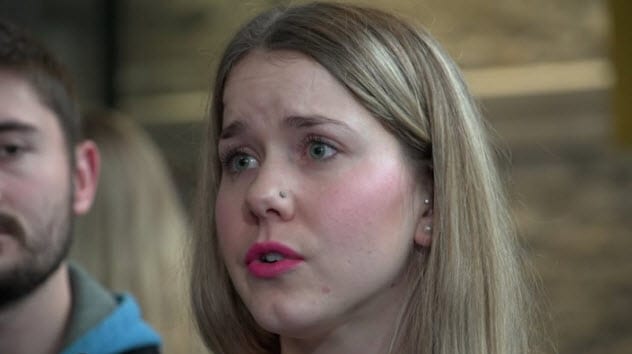
The victim of a DUI hit stunned the courtroom when she not only forgave her attacker but also asked for his help.
Three and a half years ago, Montreal woman Tina Adams went out for a jog and was hit by 22-year-old Jordan Taylor, who was drunk behind the wheel. Nineteen surgeries later, Tina was able to overcome the fractured spine, cracked skull, brain injury, and blood clots she suffered in the crash.
She may have survived, but Adams will deal with pain for the rest of her life. She can no longer become a police officer because of her injuries and may not be able to have children. In the years since the crash, Tina has traveled to schools to talk about her experience and to warn students of the dangers of drunk driving.
She surprised everyone when she asked Taylor to join her on these school talks during his sentencing hearing.[1] Tina believes that having the guy who hit her there will have a huge impact on the students. She had thought about doing this for a while but wanted to wait until meeting him in court to see if he showed genuine remorse.
9 Romeo Finds His Juliet
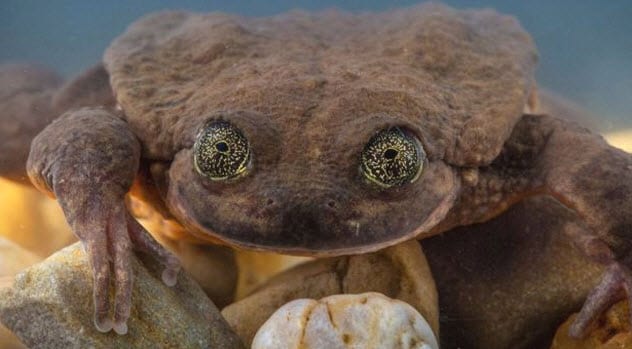
A lonely male frog once thought to be the last of his kind finally has a partner after a decade of solitude.
Romeo is a Sehuencas water frog. Ten years ago, conservationists realized that the species was in trouble so they collected him from the wild to place him into a breeding program. However, they couldn’t find a female suitable for him. Romeo was left in isolation in a Bolivian aquarium.
Now he is no longer alone. A recent expedition into the wilderness of Bolivia turned up five new Sehuencas water frogs—three males and two females. One of them, named Juliet, will be placed with Romeo in the hopes that they will breed together. At the moment, all the new amphibians are still in quarantine.
Herpetologists are hoping that opposites will attract when the two finally meet. Their personalities seem to be antithetical to each other. While Romeo is calm, slow, and doesn’t move around a lot, Juliet is very active, swims constantly, and eats everything in sight.[2]
8 The Chief And The Good Samaritan

Last Saturday, the Kansas City Chiefs scored a playoff victory over the Indianapolis Colts and made their way to the AFC Championship Game later today. However, things might have turned out differently were it not for a Good Samaritan who stopped to lend a helping hand.
Hours before the game was set to start at Arrowhead Stadium in Kansas City, Missouri, Chiefs offensive lineman Jeff Allen was stuck in the snow. He probably would have missed the match if Dave Cochran hadn’t pulled over in his truck and helped Allen move his vehicle.
As it later turned out, Cochran was homeless and living in his truck. However, that did not stop him from aiding other people, which he considered his “natural habit.” When he pulled over, he didn’t know he was dealing with a Kansas City Chiefs player. He saw someone with Texas plates on his car and figured that he probably wasn’t used to driving in snowy conditions.
Allen was keen to return the favor and took to Twitter the next day to reach out to Cochran. Within a few hours, he was able to contact his snowy savior and give him a couple of tickets to the AFC Championship Game. Cochran admitted that he was only expecting a “thank you” but that Allen’s gesture is “like a dream come true.”[3]
7 A New Therapy
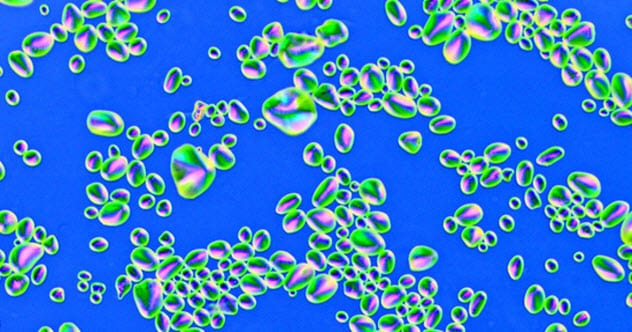
According to a new study published in the journal Cancer Cell, Swiss researchers from the University of Basel are working on a revolutionary new therapy which can change breast cancer cells into harmless fat cells.
Cancer cells can undergo a process called epithelial-mesenchymal transition (EMT). Normally, this is something that makes them incredibly dangerous as it allows them to spread to other types of cells in the body. However, scientists believe that the same mechanism can be used against them.[4]
During an experiment, researchers injected female mice with an aggressive form of female breast cancer. When the cells started undergoing EMT, the scientists also injected an antidiabetic drug called rosiglitazone and a cancer inhibitor named trametinib.
The combined therapy not only turned the cancer cells into fat cells but also stopped them from proliferating. Moreover, lead author Gerhard Christofori believes that the treatment will have a shorter, easier path to human trials because the drugs involved are already approved.
6 50,000 Cures For Loneliness
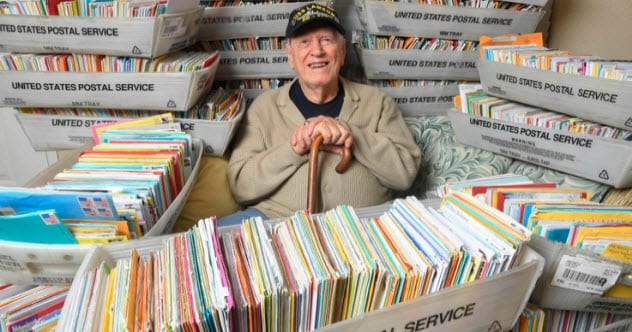
With his birthday approaching, World War II navy veteran Duane Sherman was feeling a bit lonely. His daughter asked friends on Facebook if they could send him some well-wishes. He received over 50,000 letters.
At the moment, there are birthday cards, thank you notes, small gifts, and mementos filling postal bins stacked one on top of another all throughout Sherman’s home in Fullerton, California. And that only represents a fraction of the total. He had to store thousands of letters at a friend’s house, and many more bins are still waiting to be picked up at the post office.[5]
He has received letters from all 50 states and 10 different countries. Some of the senders included the Pittsburgh Steelers and the Secretary of the Navy. The commander of the USS Cowpens even took the vet out to lunch while officers from the San Diego US Navy Sonar School paid him a visit to listen to his stories.
Sherman’s birthday was on December 30, and so far, he has gone through fewer than 2,000 letters. He is legally blind, so his daughter, Sue Morse, has to read them to him. It’s pretty safe to say that they will be busy for the foreseeable future.
5 How To Get Over A Case Of The Mondays

Tomorrow is Blue Monday, considered to be the most miserable day of the year. But is there any truth to this, and are there ways of getting through the day with a smile on your face?
Right off the bat, if you live in the southern hemisphere, you’re off the hook. The cold weather is one of the main factors which contribute to the misery.
The concept of “Blue Monday” came from UK psychologist Cliff Arnall in 2005. It usually falls on the third Monday of the year. Arnall claims to have developed an equation to determine the saddest day using factors such as weather, debt level, time passed since the holidays, and time passed since people broke their New Year’s resolutions.[6]
The whole thing was actually devised for an ad campaign for vacation company Sky Travel. It has been regularly dismissed as pseudoscience. Even Arnall admitted that he never intended to make the day sound negative but to inspire people to take action.
Let’s say you are feeling down in the dumps. Even if Blue Monday is a myth, seasonal affective disorder (SAD) is real. If you want to lift your spirits, psychologists recommend a bit of exercise, a nice walk outside, and fun, challenging indoor activities.
A healthier diet rich in good fats and antioxidants can also help to prevent depression. There is even light therapy using special SAD lamps to make up for all that sunlight you’re missing during winter.
4 Puppy Drop Has Happy Ending
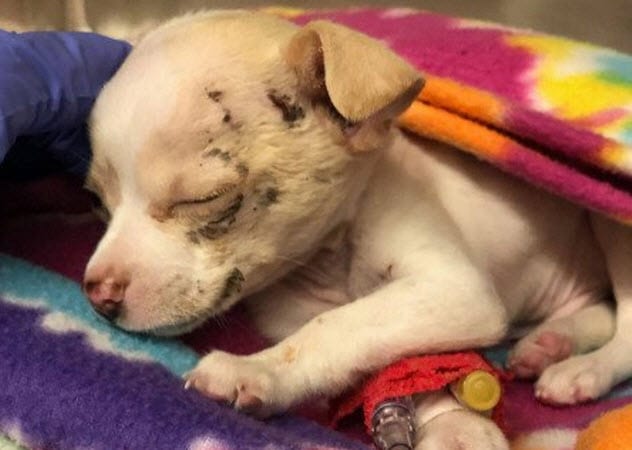
A tiny puppy miraculously survived a drop from the sky with no serious injuries after being abducted by a hawk.
Last Saturday, construction workers in Austin, Texas, responded to cries belonging to a Chihuahua pooch which weighed less than 0.5 kilograms (1 lb). Wondering how the dog got there in the first place, they looked up and spotted a hawk circling above. They realized that the raptor had picked up the puppy and dropped it from the air.
The workers took the dog to the Austin Animal Center where vets were surprised to discover that the animal had only mild injuries and no broken bones. The worst of the bunch were the puncture wounds caused by the hawk’s talons, but even those will heal up completely in due time. The puppy, now called Tony Hawk, is resting with his foster family and will find a permanent home in a few weeks.[7]
3 A Game-Changing Transplant
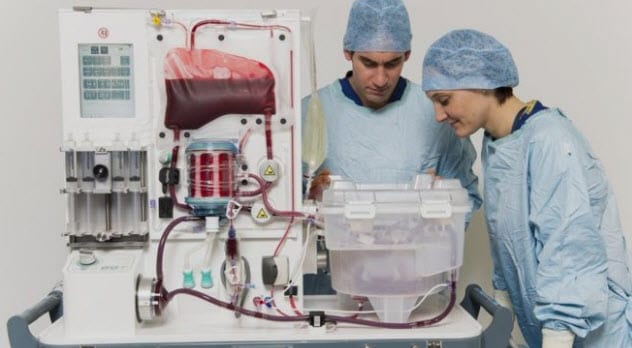
Medical experts are hailing a new procedure for liver transplants as a “game-changer” which will halve the waiting list.
Right now, about a third of all donated livers never make it into a patient. At the same time, 20 percent of people in need of a new liver die on the waiting list. This is due to the normal storage method which uses ice. It causes the organ to deteriorate, and there is only a limited time to transplant it before it becomes unusable.
A new treatment uses normothermic perfusion machines to preserve the liver. They constantly pump the organ with oxygenated blood and nutrients at body temperature so that it can be stored for longer periods of time with no ill effects.[8]
Moreover, the blood treatment can actually be used to repair livers which have been damaged during removal or have come from elderly or ill donors. Therefore, they allow doctors to use organs which otherwise would have been discarded.
2 A Shattering Performance
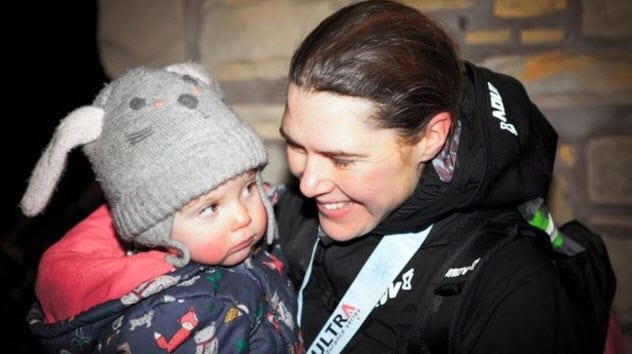
New mother Jasmin Paris won the Montane Spine Race along the Pennine Way in the UK, smashing the previous record by over 12 hours.
The 431-kilometer (268 mi) race is one of the most grueling endurance challenges in Europe. Runners go from Derbyshire to the Scottish border, spending around two-thirds of their trek in the dark.
They cover a lot of hilly terrain and have to climb over 13,000 meters (43,000 ft) in total. They have to carry their own kit and supplies and can’t have a support team or runner join them on the course. Competitors carry an emergency button in case they are no longer able to walk.
With a time of 83 hours, 12 minutes, and 23 seconds, Paris became the first woman to win the race and had the fastest time ever—by far. The previous record of 95 hours and 17 minutes was set in 2016 by Eoin Keith.
Just a few checkpoints are allowed during the race, and Paris slept for only three hours during the whole thing. She admitted that she had begun hallucinating by the last day. She saw animals appear out of nowhere and trees doing morning stretches.[9]
1 Beer Saves Life
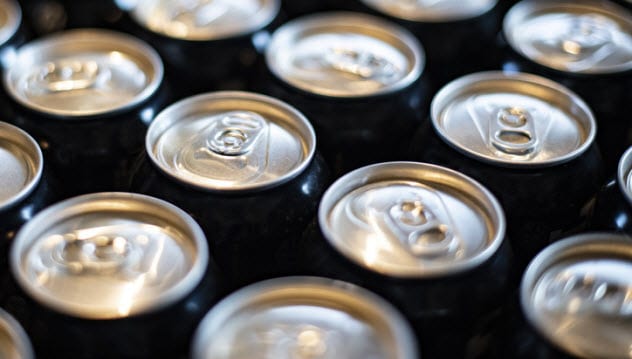 Beer can be good for you, and 48-year-old Vietnamese man Nguyen Van Nhat is proof of that. When he came into the hospital unconscious, suffering from methanol poisoning, doctors pumped him with 15 cans of beer and saved his life.
Beer can be good for you, and 48-year-old Vietnamese man Nguyen Van Nhat is proof of that. When he came into the hospital unconscious, suffering from methanol poisoning, doctors pumped him with 15 cans of beer and saved his life.
Methanol is a form of alcohol. But it is a very toxic one which is typically found in paints, thinners, cleaning products, and antifreeze rather than beverages. Commercial spirit manufacturers take extra steps to remove methanol from their products, although it can still be found in dangerous quantities in bootleg liquor.
The source of the methanol consumed by Nguyen Van Nhat is unknown, but he had over 1,000 times the recommended limit. Doctors knew that he would die if his liver processed all the methanol in his system. The liver converts the alcohol into formaldehyde which is then broken down into formic acid. Doctors were looking for a way to slow down the process, and they found it with beer.
Beer contains another type of alcohol called ethanol. It is the alcohol found in most consumer drinks in the world. Although it is still toxic, its effects are far milder. As it happens, the liver first processes ethanol and only afterward moves up to methanol.
Therefore, as long as there was beer in Nguyen Van Nhat’s system, his body would not be damaged by the methanol. Doctors transfused 15 cans worth of beer into the patient at a rate of a can per hour, thus giving the dialysis enough time to remove the methanol from his system.[10]
Read more uplifting stories you might have missed from January 13, 2019, and January 6, 2019.








